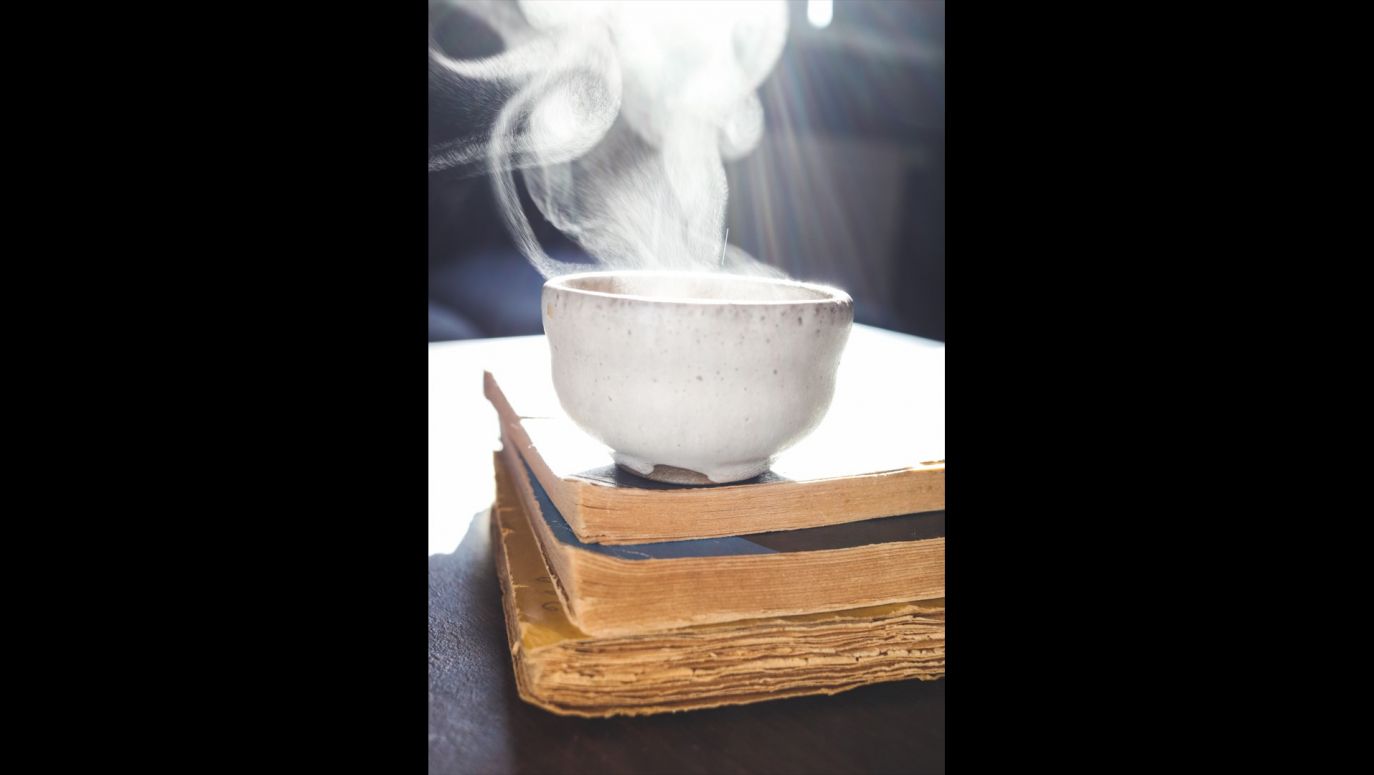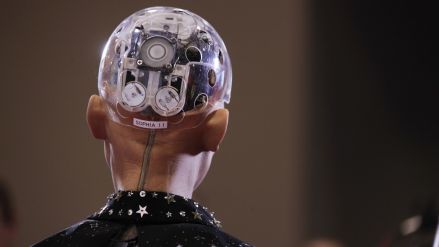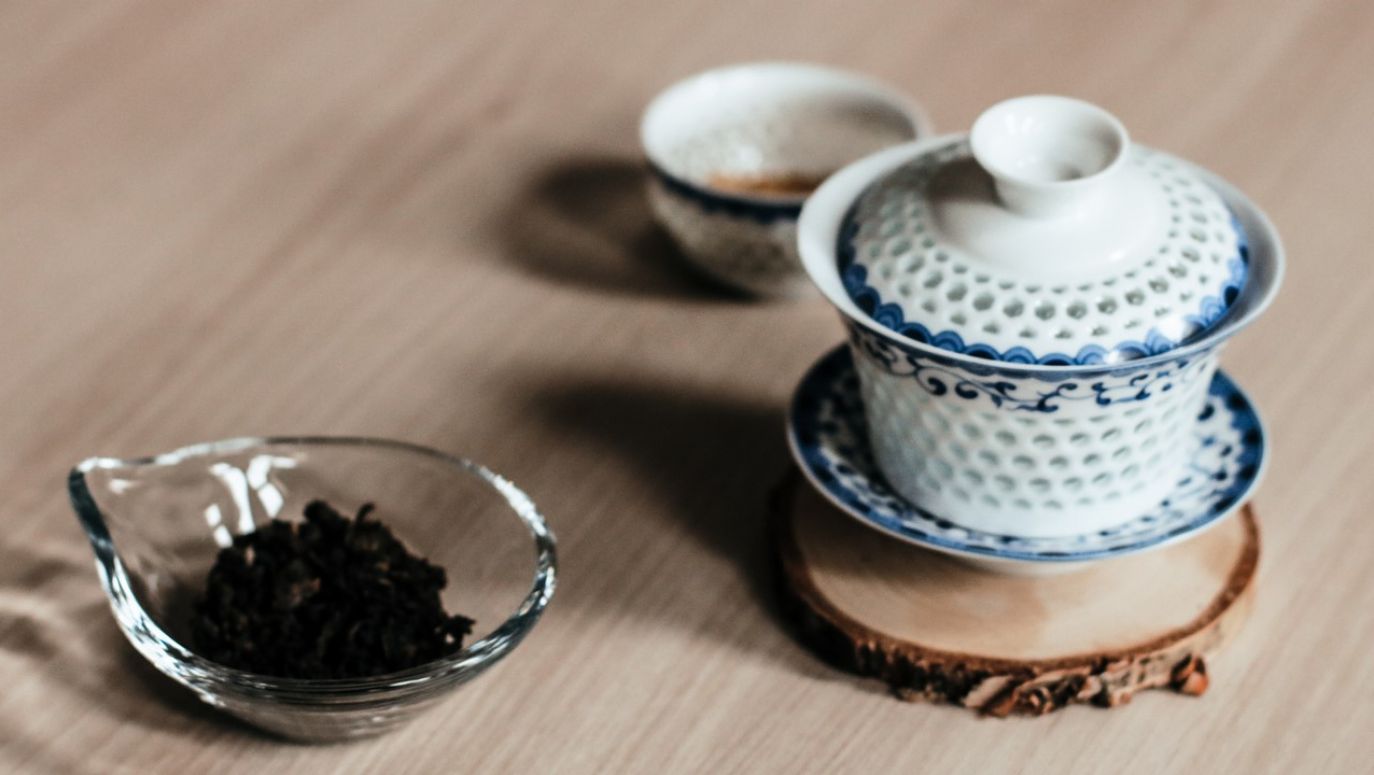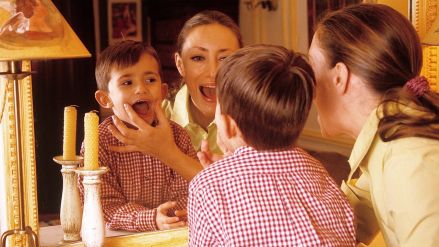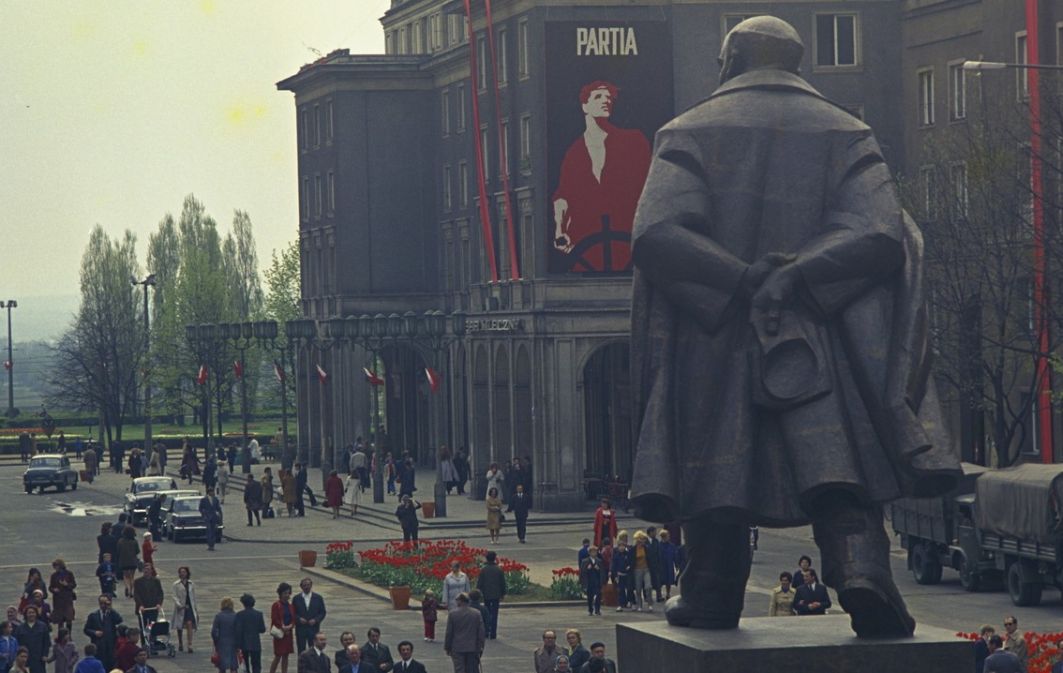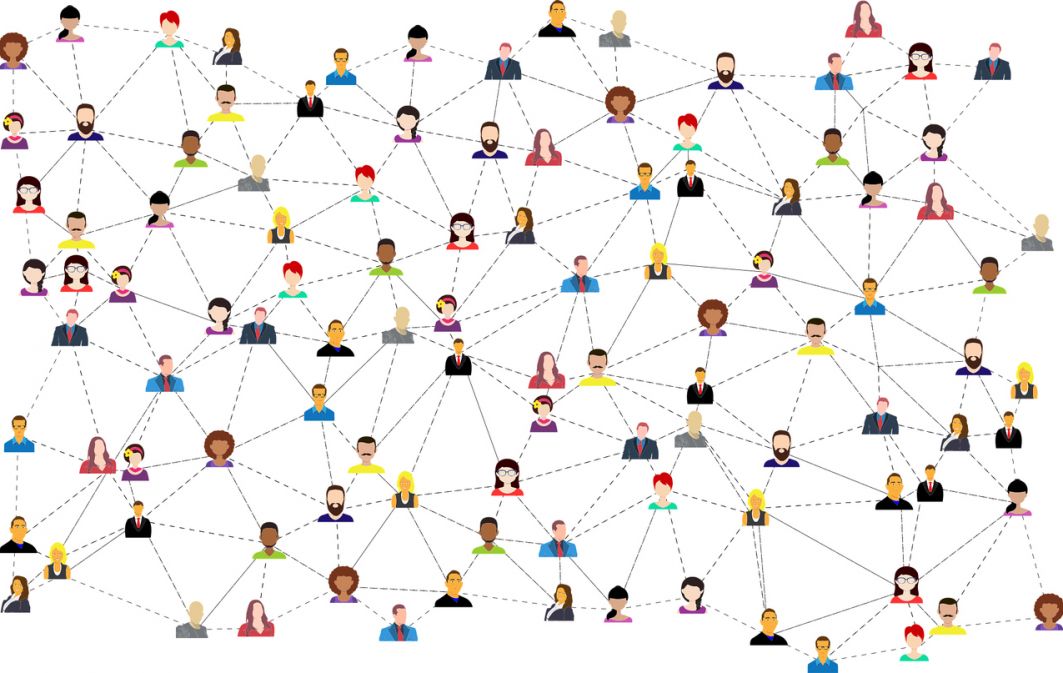TVP Weekly: One of the heroes of Fyodor Dostoyevsky's “Crime and Punishment” would drink tea, sipping it through two sugar cubes held in her teeth.
ANNA BROŻYNA: In the same way, I too started my tea-drinking adventure when I was a little girl. Later, when I consciously learned the secrets of tasting and brewing tea, I also encountered this method while drinking tea prepared in a samovar. This is one of a dozen, if not several dozens of ways to drink tea. There are many, many more of such ancient and modern customs.
So let's focus for a moment on these ancient ways of drinking tea. What happened and may seem strange to us today?
We are used to drinking tea from large cups or glasses, which are at least 250 milliliters. Meanwhile, when we delve into the Eastern method of brewing tea, we will find much smaller vessels from which it is drunk. They use small cups, 30 ml in size. It is similar with the issue of teapots in which this tea is brewed. We most often choose several-liter kettles, each of which can pour tea, and those typical for the eastern method have about 200 ml, which is as much as our cup. With such a pot, we will not drink this tea too much, but we will brew it more often, which will allow us to discover its different flavors. In addition, its preparation will not take place in the kitchen, away from us, once an hour, but it will move to the center of our attention – to the table. Apart from the taste, it will also integrate people at this table, and if we drink it ourselves, it will be an ideal element of our meditation, stopping with a cup of tea in our hand.
In your book “Herbata. Odkryj prawdziwy smak najszlachetniejszego napoju na świecie”, it is said that history did not give Poles instructions on how to use tea. Is it really that bad with us?
Fortunately, it’s getting better. When I talked to my friends and asked how they drank or still drinks tea in their homes, older people talked about tea essence and glasses in wicker baskets, younger people – about tea in sachets, and some about loose tea. These are good generational changes. Two tea traditions reign in Poland: the English and the Russian. On the one hand we’ve got colonial style tea rooms with white china and teacups, on the other – after the Russian fashion – tea essence which is thinned up with boiling. Both methods are good but if you want to feel the taste of tea not being overwhelmed by the taste of lemon, sugar or milk, there are several ways that will be a much better solution. Tea does not have to be bitter or tart and it does not have to be masked with additional ingredients.
 SIGN UP TO OUR PAGE
SIGN UP TO OUR PAGE

In Poland, tea was first mentioned in 1662 in the correspondence between John II Casimir Vasa and his spouse Marie Louise Gonzaga. The king asked her to find out in France – where she came from – how much tea and sugar are needed to prepare the drink. Since then, tea has slowly entered Polish salons and tables. The demand for it was growing.
What happened, then, that we could not, and probably still cannot, brew tea and sample it properly?
In the 20th Century, tea was hard to obtain, it was considered a deli. Sometimes the demand exceeded the supply, and clever sellers cheated in order to reap a profit from it.
How?
There were several such methods. Often the leaves of other plants were sprinkled, the tea was already brewed and then dried, more than the allowed 40% of stalks was used or the leaves of other plants or green tea were dyed with charcoal to pretend to be black. Today tea is common and cheaper, but that doesn’t mean it’s not adulterated anymore. It is true that the above-mentioned methods are no longer valid, but the quality of the tea is still inflated and sold for more than it is worth, or the poorer quality leaves are masked with a large amount of aromas. Today, the path to a fan of good tea often leads from tea in sachets, through the one in pyramids, to experiments with loose tea. In almost every Polish city there is a tea room where you can buy teas of better or very good quality and start your adventure. Often this goes hand in hand with a fascination with tea gadgets in which it can be brewed.
Before we talk about it, I wonder if tea, and the proper type of tea, should be drunk depending on the season?
In our country many people forget to drink tea in the summer. They abandon it in April and come back to it only in September. This is the complete opposite of what we meet in China or Morocco. In the latter country, green tea is often brewed with mint and lots of sugar. This hot drink serves the purpose to cool down. In summer, more and more people in Poland are reaching for tea prepared cold, such as cold brew or ice tea. What we find in store refrigerators is very sweet and you can do it yourself. It is enough to brew a strong, bitter tea essence, fill the whole jug with ice and pour this warm tea over ice, add various types of additives, such as lemon, mint or fruit. In the case of cold brew, the tea in a jug, made from a tablespoon per liter of water, is poured over with cold water and put in the refrigerator overnight. In this way, the leaves macerate and in the morning we have a delicious and refreshing drink.
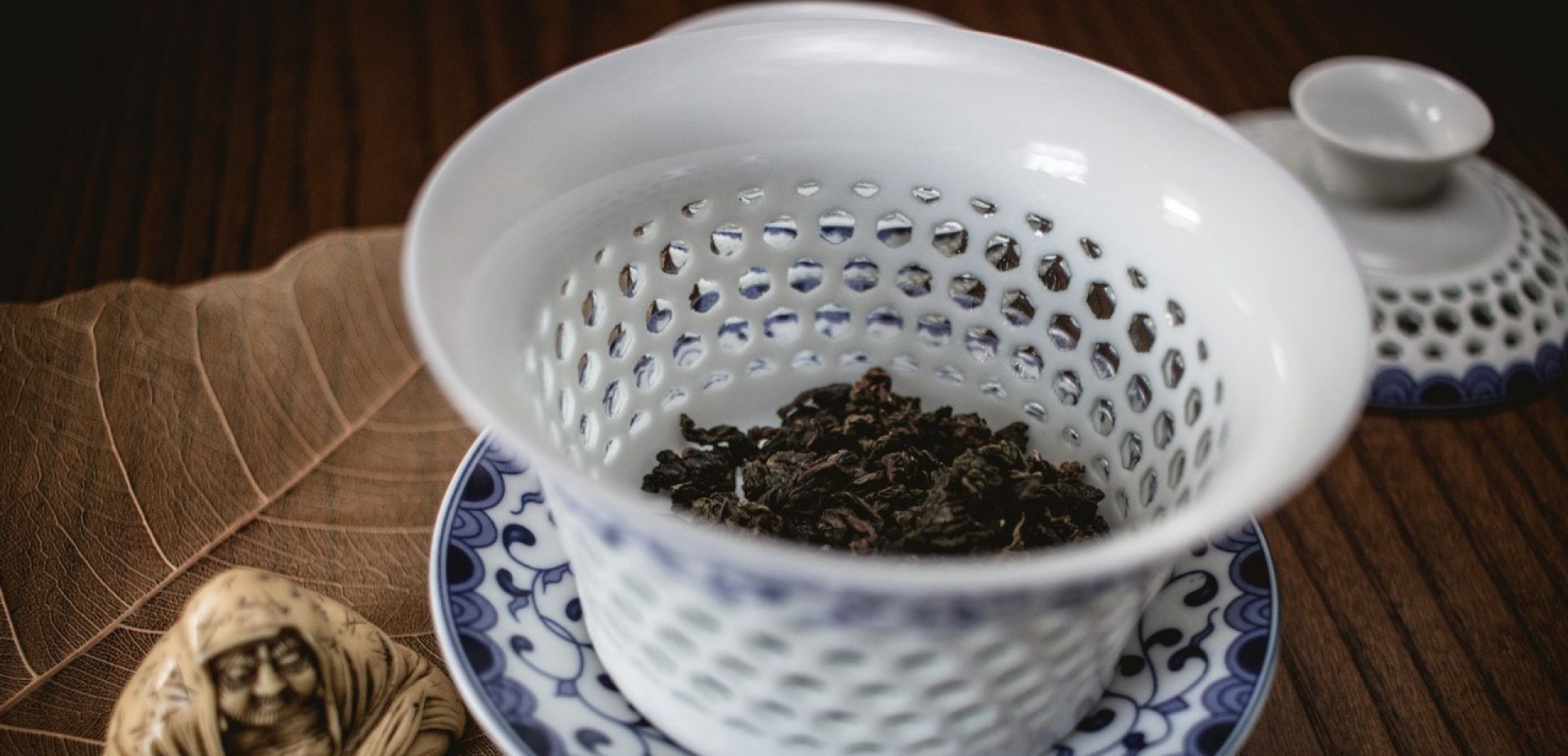
 SIGN UP TO OUR PAGE
SIGN UP TO OUR PAGE
 In Poland, tea was first mentioned in 1662 in the correspondence between John II Casimir Vasa and his spouse Marie Louise Gonzaga. The king asked her to find out in France – where she came from – how much tea and sugar are needed to prepare the drink. Since then, tea has slowly entered Polish salons and tables. The demand for it was growing.
In Poland, tea was first mentioned in 1662 in the correspondence between John II Casimir Vasa and his spouse Marie Louise Gonzaga. The king asked her to find out in France – where she came from – how much tea and sugar are needed to prepare the drink. Since then, tea has slowly entered Polish salons and tables. The demand for it was growing.